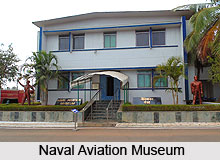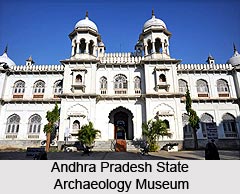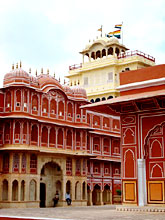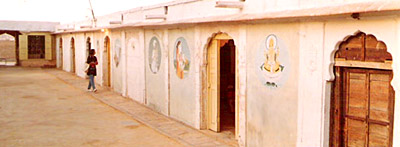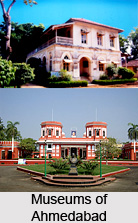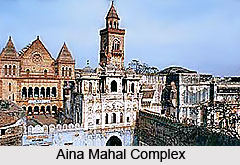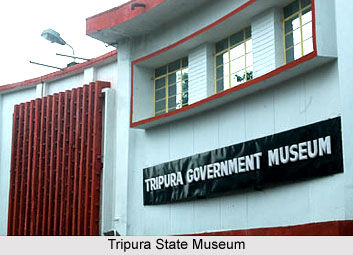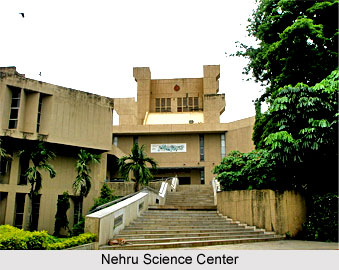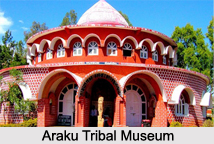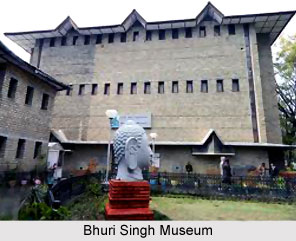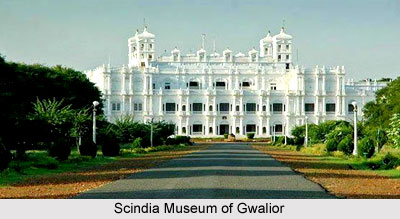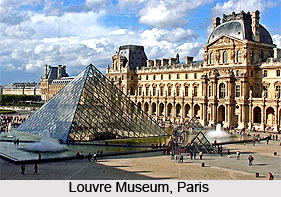 A museum is `a building used for storing and exhibiting objects of historical, scientific or cultural interests`. The federal government in the Museum and Library Services Act defined a museum as: A public or private nonprofit agency or institution organized on a permanent basis for essentially educational or aesthetic purposes, which, utilizing a professional staff, owns or utilizes tangible objects, cares for them, and exhibits them to the public on a regular basis.
A museum is `a building used for storing and exhibiting objects of historical, scientific or cultural interests`. The federal government in the Museum and Library Services Act defined a museum as: A public or private nonprofit agency or institution organized on a permanent basis for essentially educational or aesthetic purposes, which, utilizing a professional staff, owns or utilizes tangible objects, cares for them, and exhibits them to the public on a regular basis.
Put in simple terms- a museum is a non-profitable institution in the service of society and of its development, open to the public, which acquires, conserves, researches, communicates and exhibits, for purposes of study, education, enjoyment, the tangible and intangible evidence of people and their environment"- The International Council of Museums.
A meuseum collects, documents, preserves, exhibits and interprets material evidence and associated information for the public benefit.
The English "museum" comes from the Latin word, and is pluralized as "museums" (or, rarely, "musea"). It is originally from the Greek mouseion, which denotes a place or temple dedicated to the Muses (the patron divinities in Greek mythology of the arts), and hence a building set apart for study and the arts.
Early museums began as the private collections of wealthy individuals, families or institutions of art and rare or curious natural objects and artifacts. Public access was often possible for the "respectable", especially to private art collections, but at the whim of the owner and his staff.
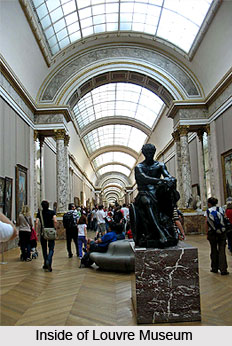 The first truly public museum was the Louvre Museum in Paris, opened in 1793 during the French Revolution, which enabled for the first time in history free access to the former French royal collections for people of all stations and status. American museums eventually joined European museums as the world`s leading centers for the production of new knowledge in their fields of interest. A period of intense museum building, in both an intellectual and physical sense was realized in the late 19th and early 20th centuries (this is often called "The Museum Period" or "The Museum Age").
The first truly public museum was the Louvre Museum in Paris, opened in 1793 during the French Revolution, which enabled for the first time in history free access to the former French royal collections for people of all stations and status. American museums eventually joined European museums as the world`s leading centers for the production of new knowledge in their fields of interest. A period of intense museum building, in both an intellectual and physical sense was realized in the late 19th and early 20th centuries (this is often called "The Museum Period" or "The Museum Age").
Large museums are located in major cities throughout the world and more local ones exist in small cities. Small or local museums are more generic and specific to keeping objects which pertain to their specific regions. Museums are open to public. Some museums often offer free admission while most charge a very nominal entrance fee. Some of the world famous museums are: The Louvre Museum in Paris, The Hermitage Museum, The Carpet Museum of Iran, The Shaanxi History Museum of China, The National Gallery in London, The State Tretyakov Gallery in Moscow, The National Musum of Delhi. and the list goes on.
Types of Museums:
There are numerous types of museums, which hold from very large collection of items in the big cities to small and specific collections in the smaller towns and regions. There maybe museums having collective items on varied topics and museums built only to keep a specific type of collection or on a particular subject. Categories include: fine arts, applied arts, craft, archaeology, anthropology and ethnology, history, cultural history, military history, science, technology, children`s museums, natural history, numismatics, botanical and zoological gardens and philately. Within these categories many museums specialize further, e.g. museums of modern art, local history, aviation history, agriculture or geology.
History Museums covers the knowledge of historical events and the past, also the relevance of history in the present. They wide range of objects, including documents, artifacts of all kinds, art, archaeological objects. Antiquities museums specialize in more archaeological findings. A historic house or a historic site can also be turned into a museum, sometimes. A historic house may be a building of special architectural interest, the birthplace or home of a famous person, or a house with an interesting history.
An art museum, also termed as an art gallery, is a place for exhibiting visual art. This art ranges from paintings, illustrations, and sculpture to collections of drawings and old master prints. There may be collections of applied art, including ceramics, metalwork, furniture, book art and other types of object. The first publicly owned museum in Europe was the Uffizi Gallery in Florence.
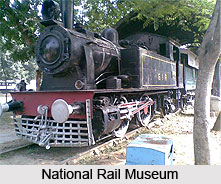
Science museums or technology centers revolve around scientific inventions and their history. Some museums explain complicated scientific theories through demonstrations through various media. Some museums may have exhibits on topics such as computers, aviation, physics, astronomy, and the animal kingdom. Practical knowledge helps students to understand better and faster, and makes things less complicated.
Museums of natural history and natural science focus on nature and culture and typically exhibit work of the natural world. Exhibitions may educate the masses about dinosaurs, ancient history, and anthropology. Evolution, environmental issues, and biodiversity are major areas in natural science museums.
Zoological garden, though not considered as a typical museum, but falls under the category of "living museums". Even they exist to educate, inspire action, study, and preserve a collection.
Open Air museums collect and re-erect old buildings at large outdoor sites, usually in settings of re-created landscapes of the past. The first one was King Oscar II`s collection near Oslo in Norway, opened in 1881. Most open air museums are located in regions where wooden architecture prevail. In India the Railway Museum in Delhi is an open air museum, which gives information on Indian railways, from its history to the present day.
A number of other museums exist, like the music museum which celebrate the life and work of composers or musicians, such as the Rock and Roll Hall of Fame. There are also Wax mesuems, which contain structures made of wax. Wax structures ranges from entertainment celebrities to wildlife and many others.

